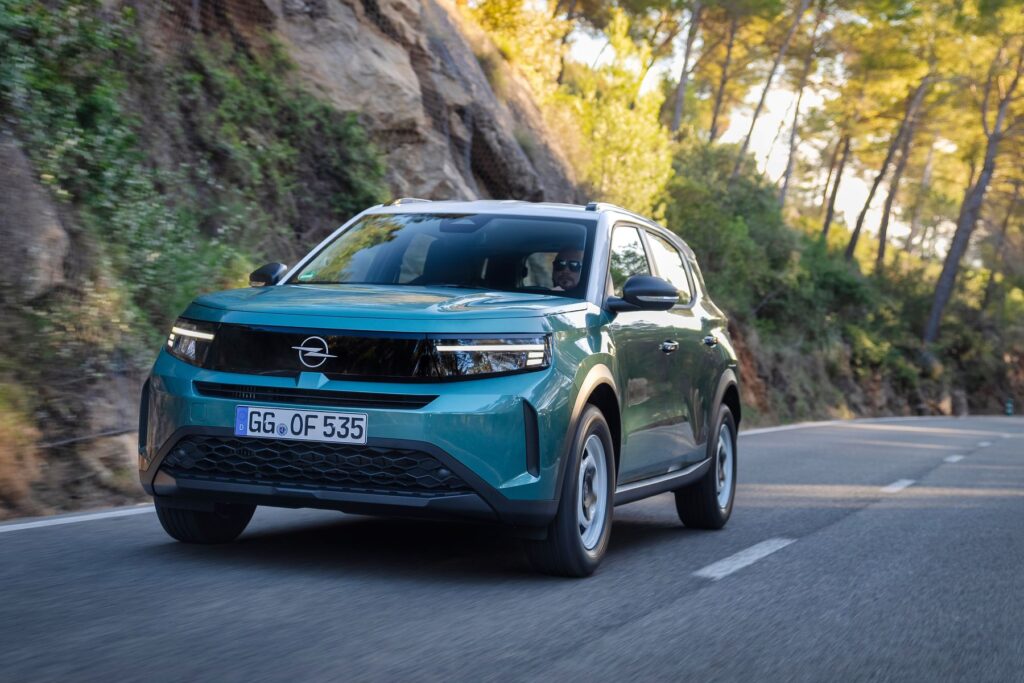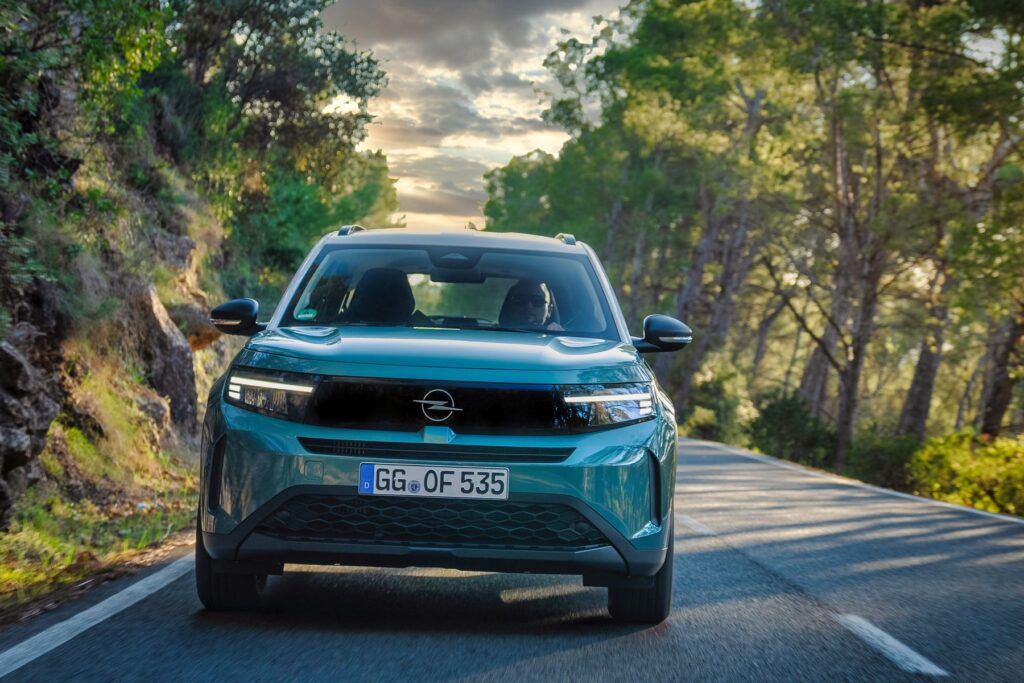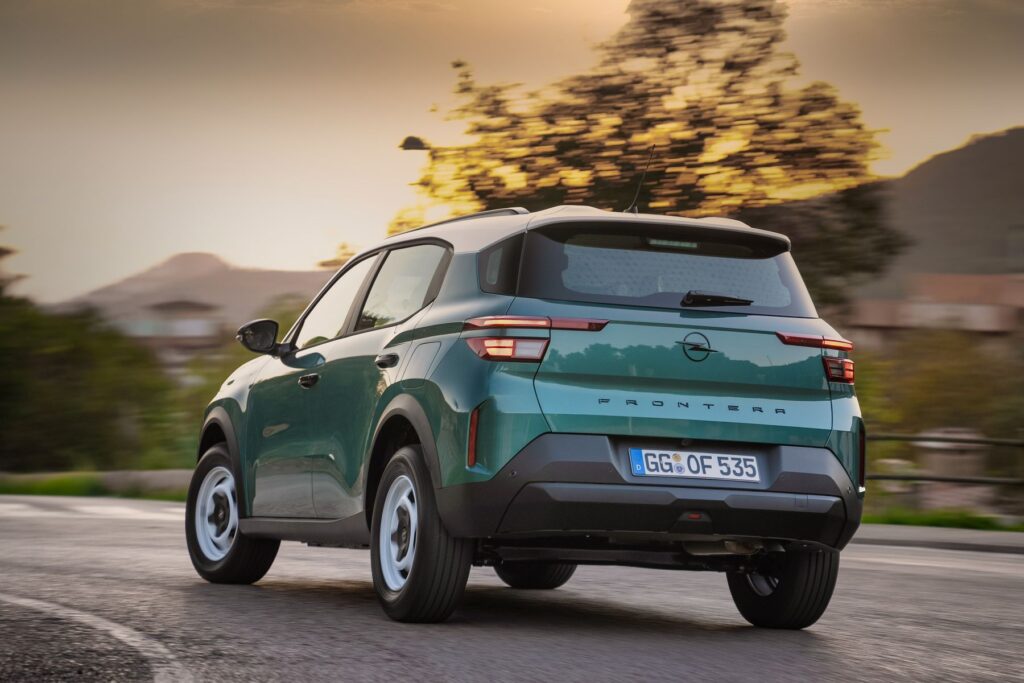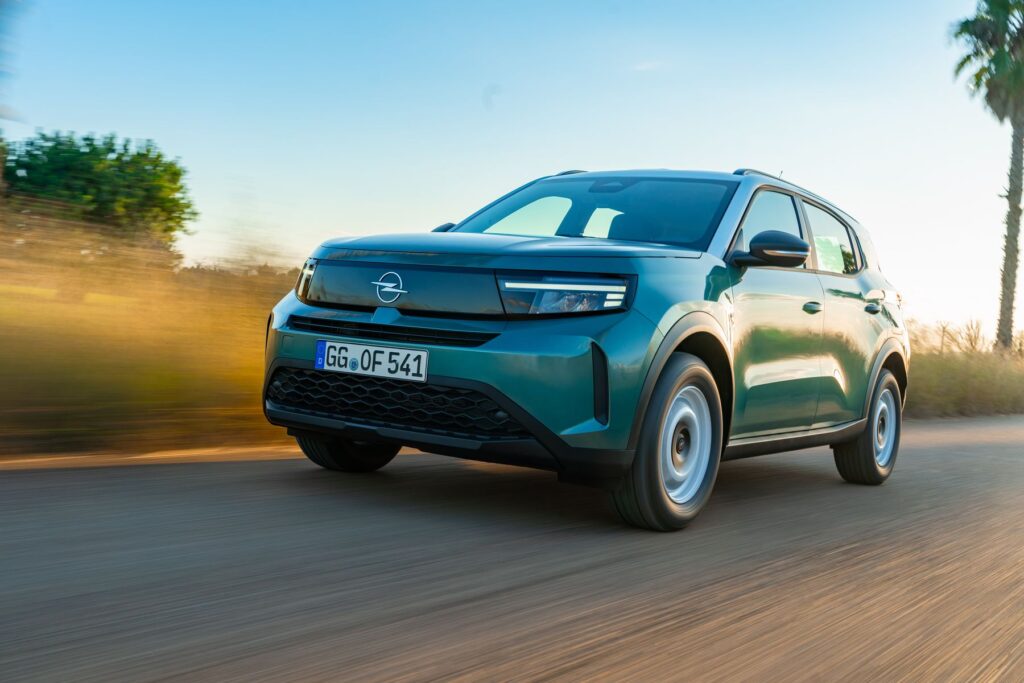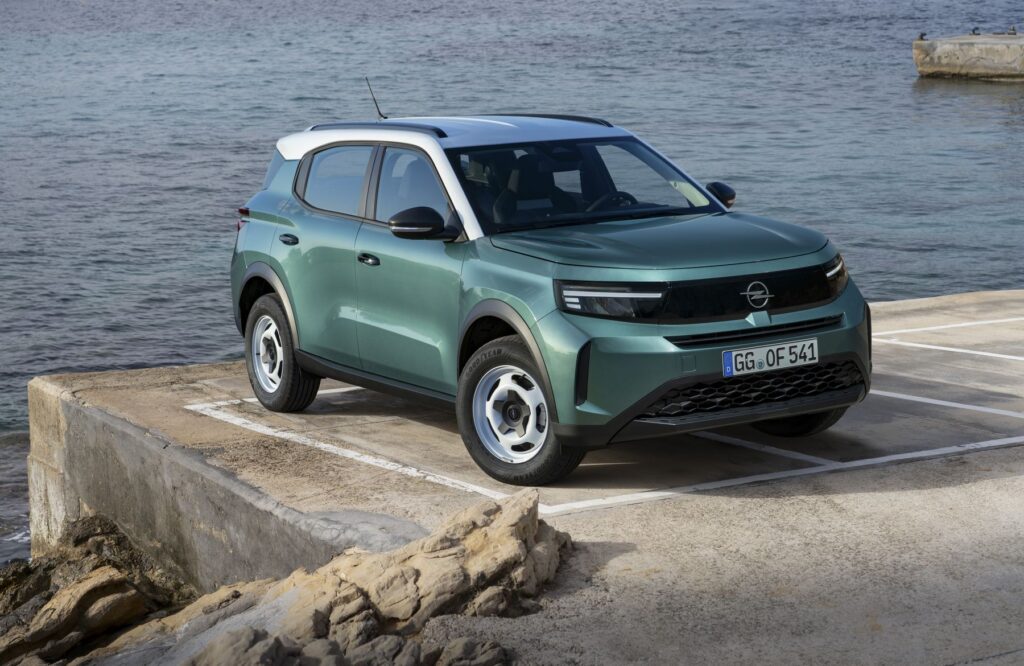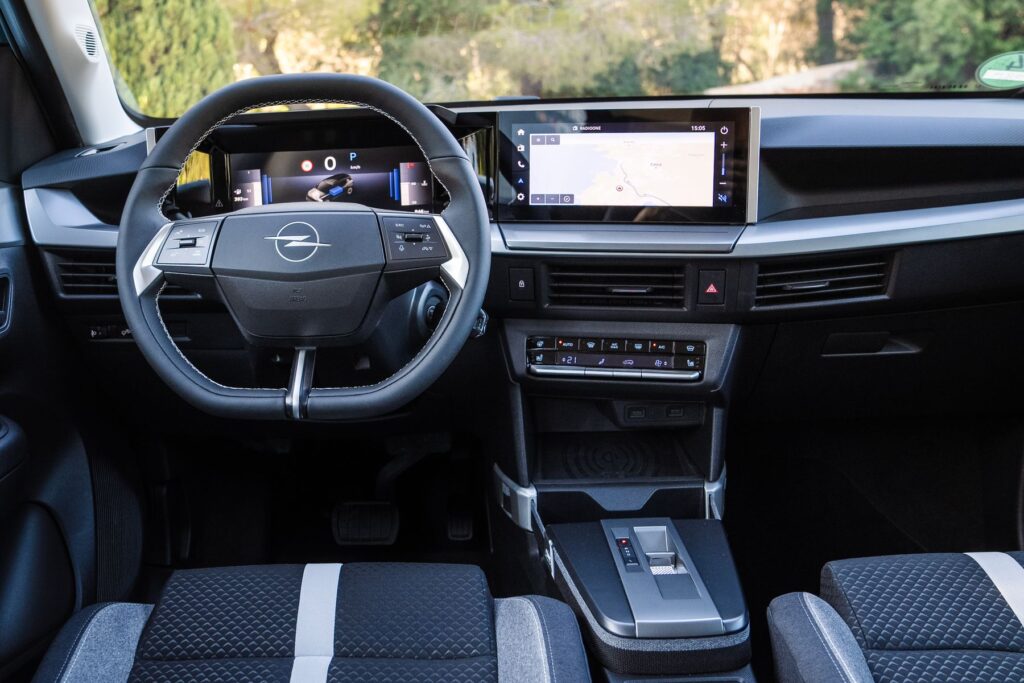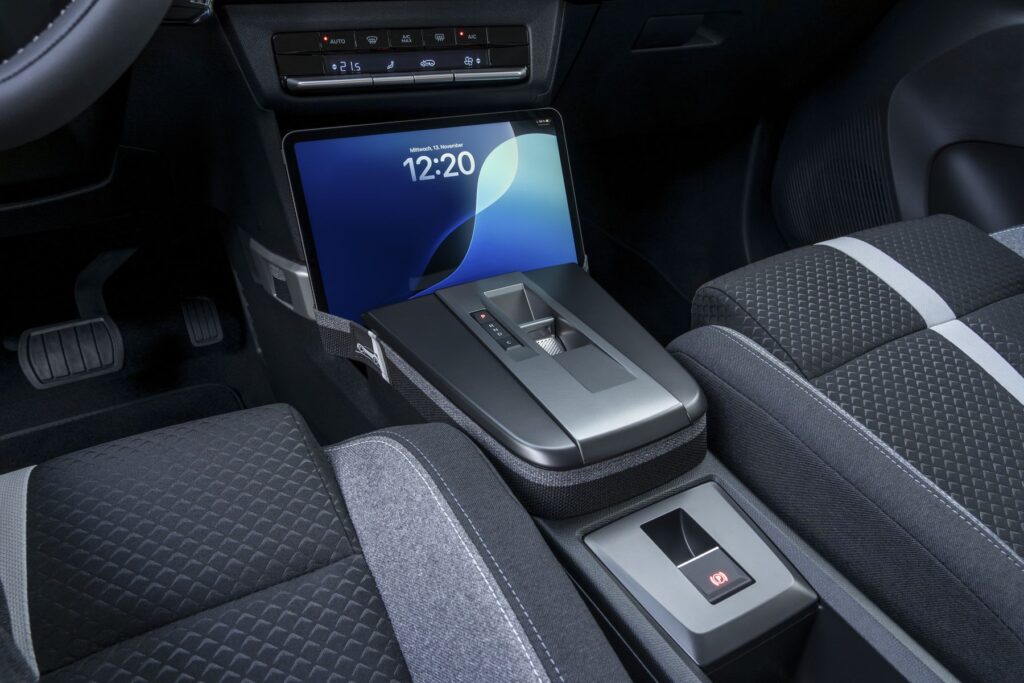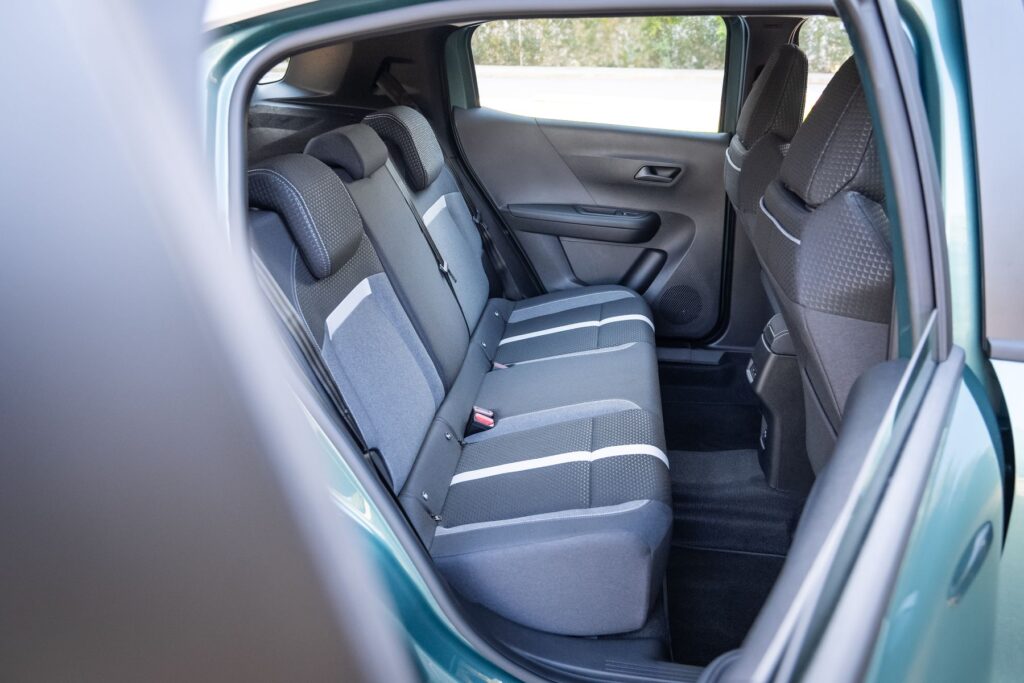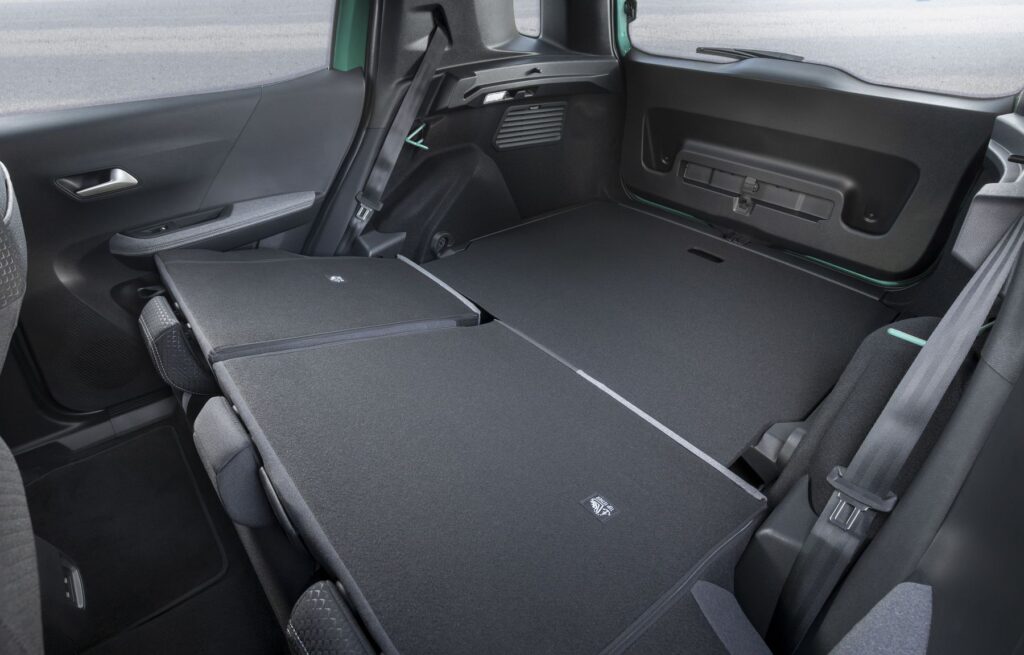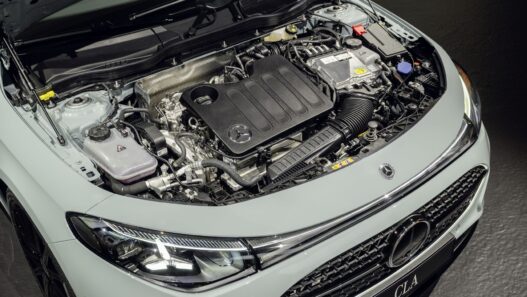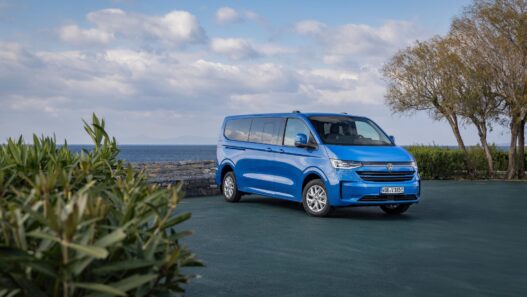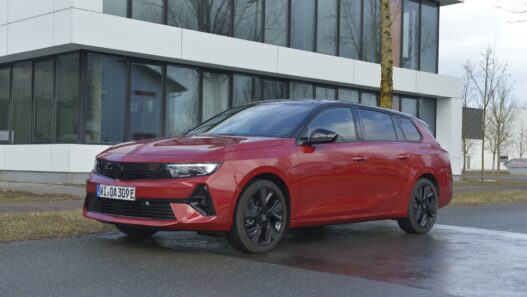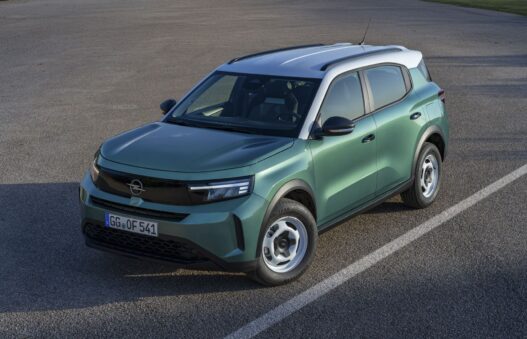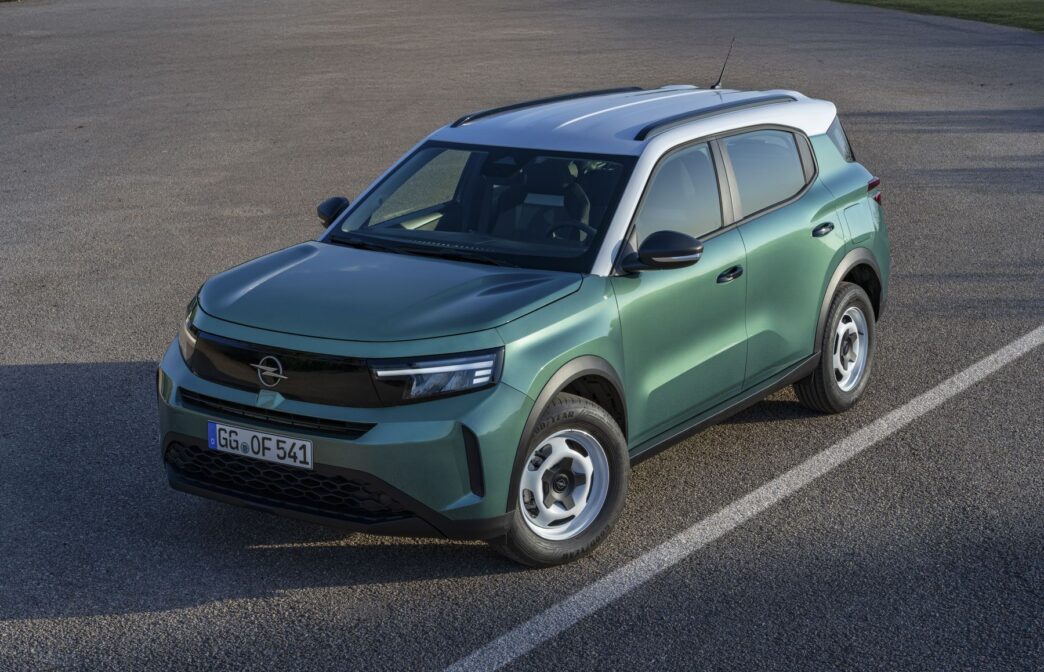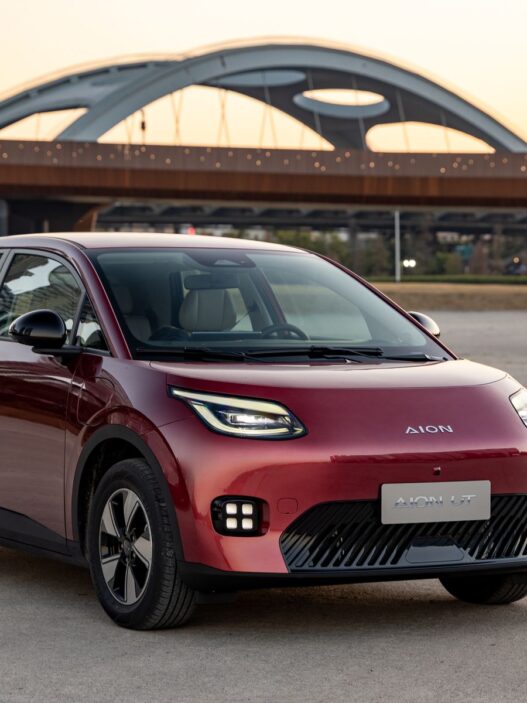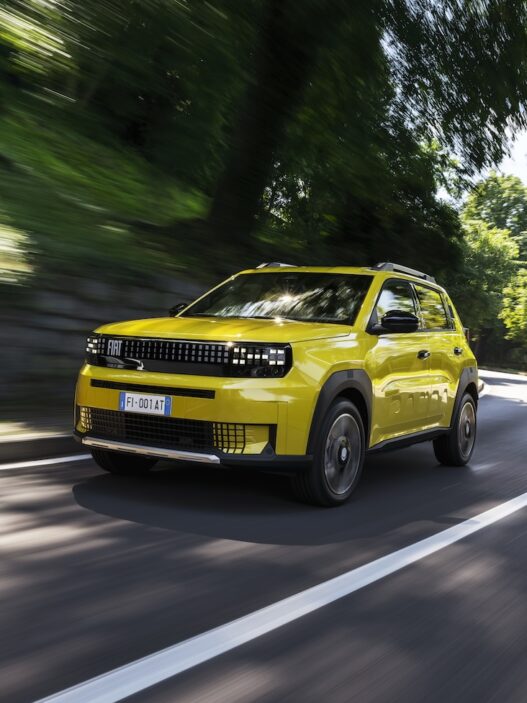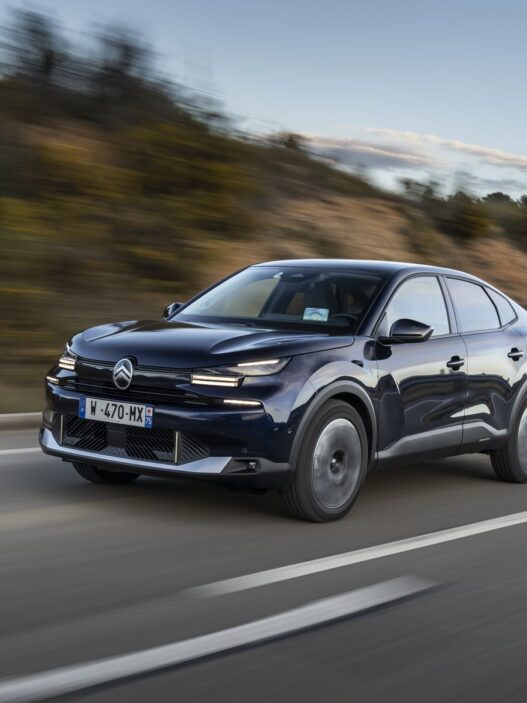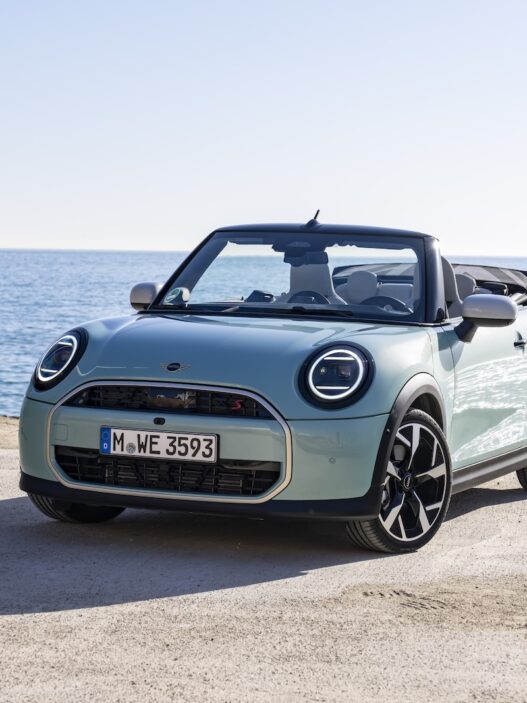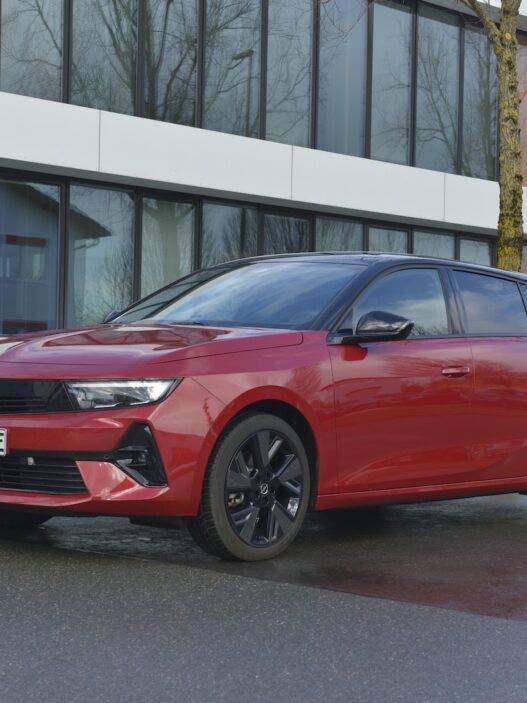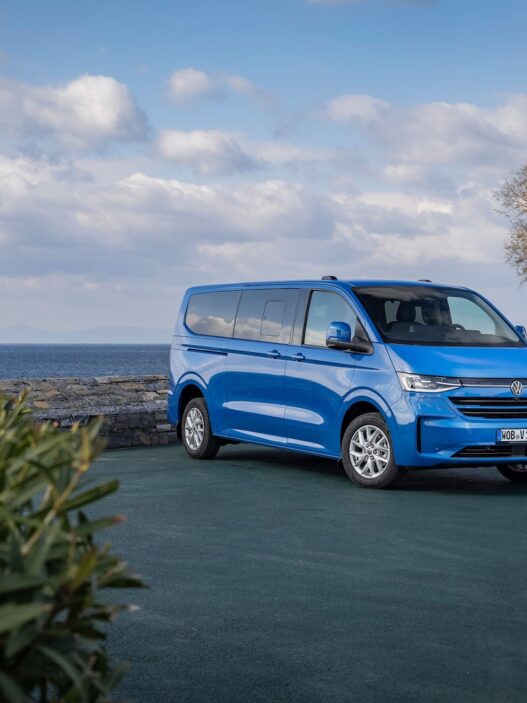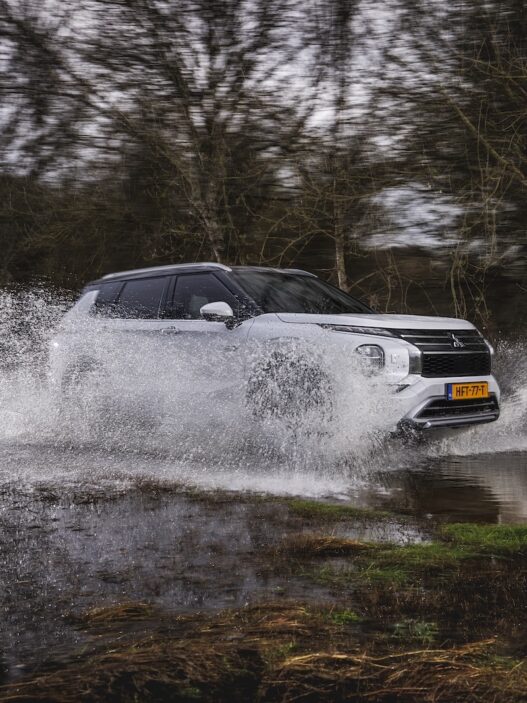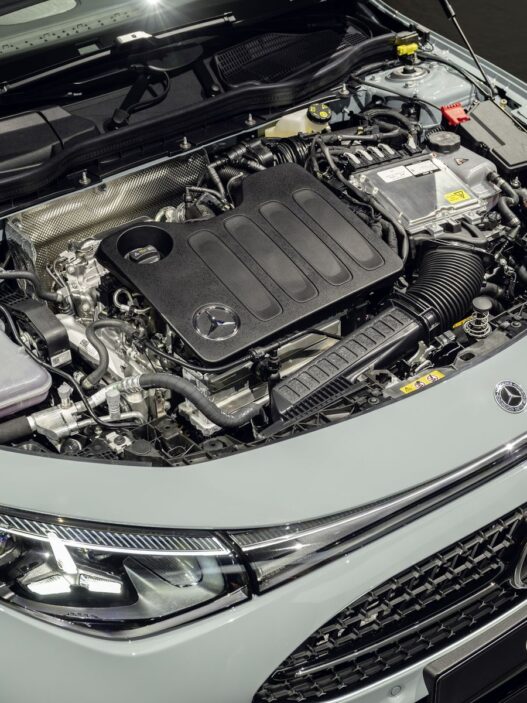Opel’s push towards an all-electric lineup by 2028 doesn’t mean customers are ready to part ways with combustion engines. The solution? Integrating the Astra’s mild hybrid system into the Frontera. It’s a move that proves to be a smart choice.
Balancing Ambitions and Customer Needs
Opel is staying true to its commitment of becoming an all-electric brand by 2028. While this aligns with the Stellantis parent group’s vision, Opel is finding ways to differentiate itself within a portfolio of shared platforms and technology.
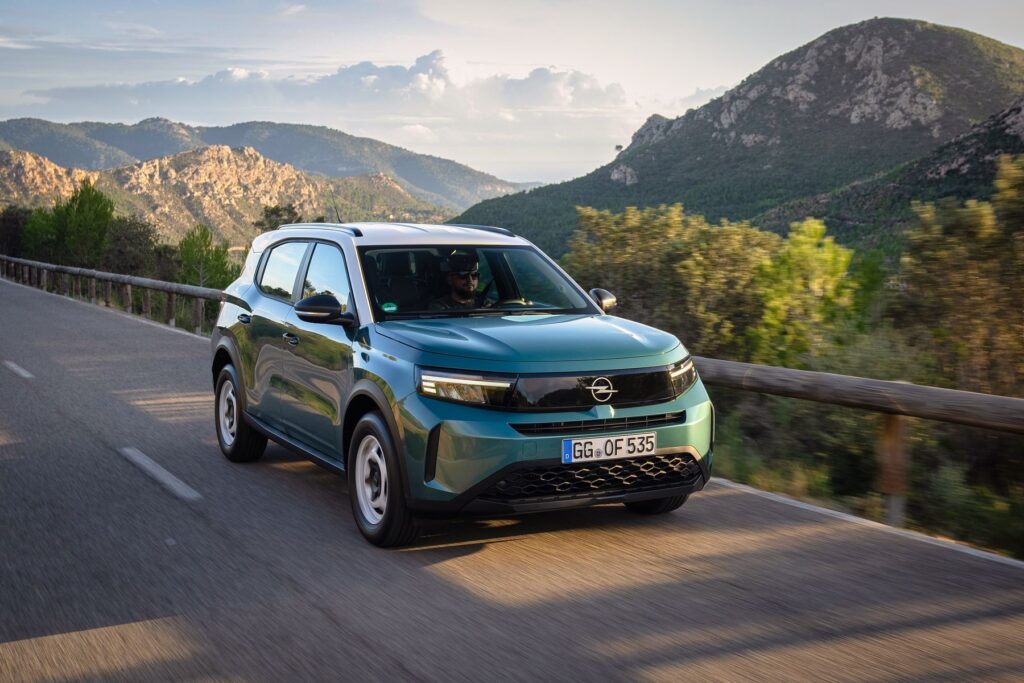
The Frontera showcases the brand’s distinctiveness, from its black-gloss grille to its retro-inspired white steel wheels. The design nods to the original Frontera, offering charm that even surpasses the all-electric version.
Proven Platform, Hybrid Advantage
Built on the Stellantis Smart Car Platform—an evolution of the CMP architecture – the Frontera accommodates multiple powertrain options. This flexibility ensures customers have choices amid the slow adoption of EVs. Leveraging the Astra’s 48-volt mild hybrid system is a win for the Frontera, particularly given the SUV’s lighter weight of 1,344 kg.
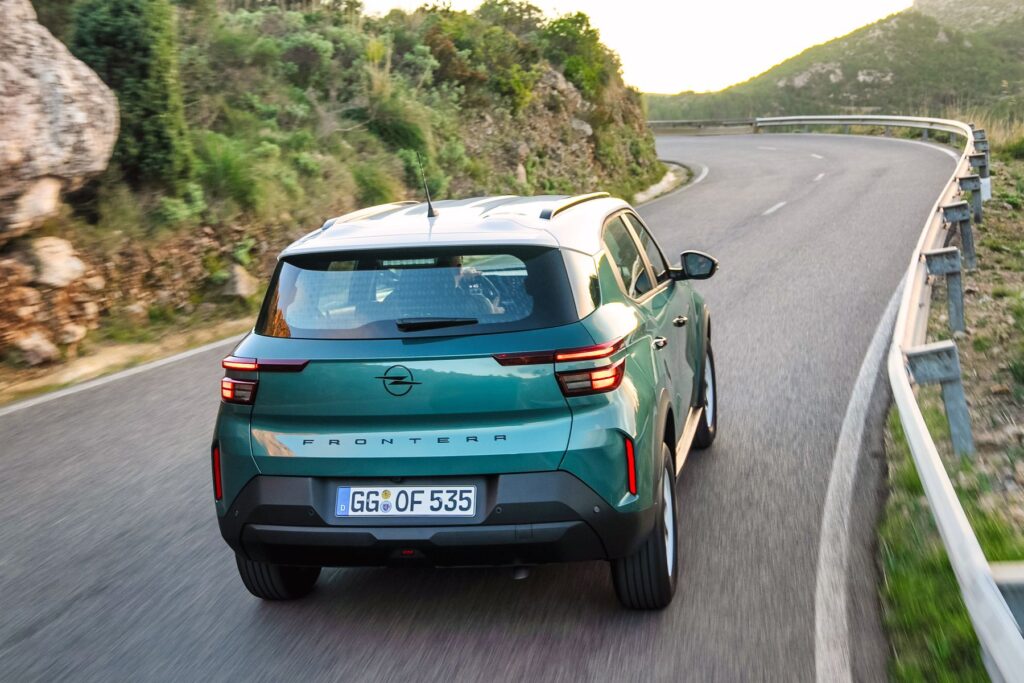
This enables the 1.2-liter turbocharged engine’s 136 PS and 230 Nm of torque to shine, delivering a 0-100 km/h sprint in 9 seconds. While its top speed is capped at 190 km/h, the Frontera impresses with its practical performance and a real-world fuel economy of 7.5 l/100 km.
Driving Dynamics and Versatility of the Opel Frontera 1.2 Hybrid
The hybrid engine pairs seamlessly with a six-speed dual-clutch gearbox, offering responsive shifts and enjoyable drives. Off-road enthusiasts will appreciate the selectable low-range mode for light trail adventures.
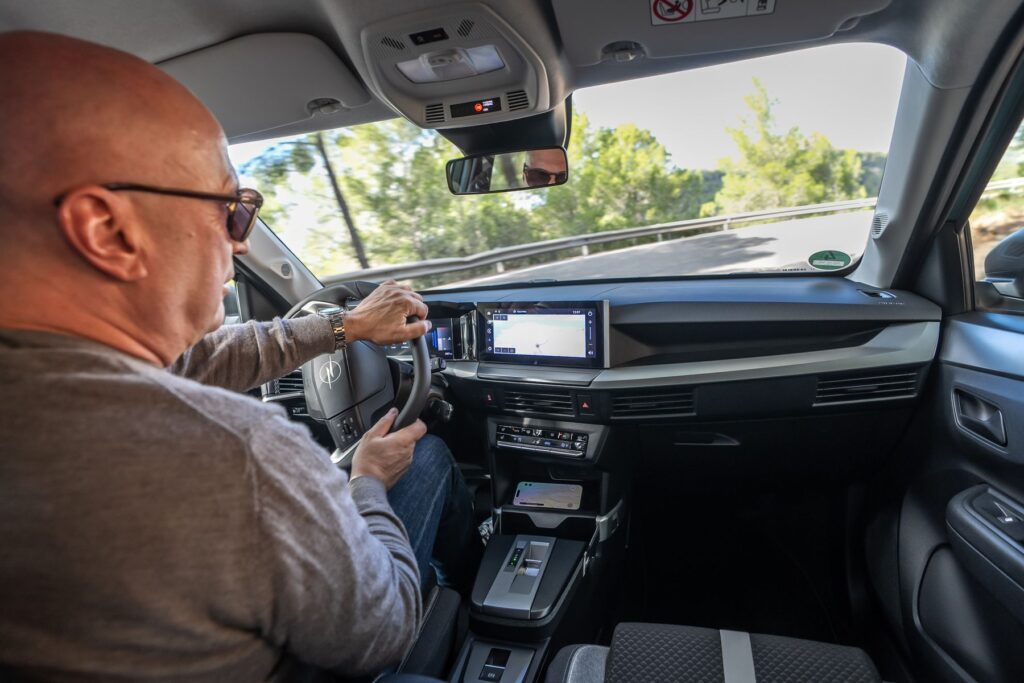
While engine noise is more pronounced compared to the Astra, the Frontera’s chassis delivers a comfortable yet firm ride, absorbing rough surfaces with ease. The interior is robust, with no rattles or creaks, even on challenging roads.
Affordability with Trade-Offs
Priced at €25,700 for the base hybrid and €29,200 for the GS trim, the Frontera offers value but requires compromises. Hard plastics dominate the interior, and the base model only provides a smartphone holder for infotainment.
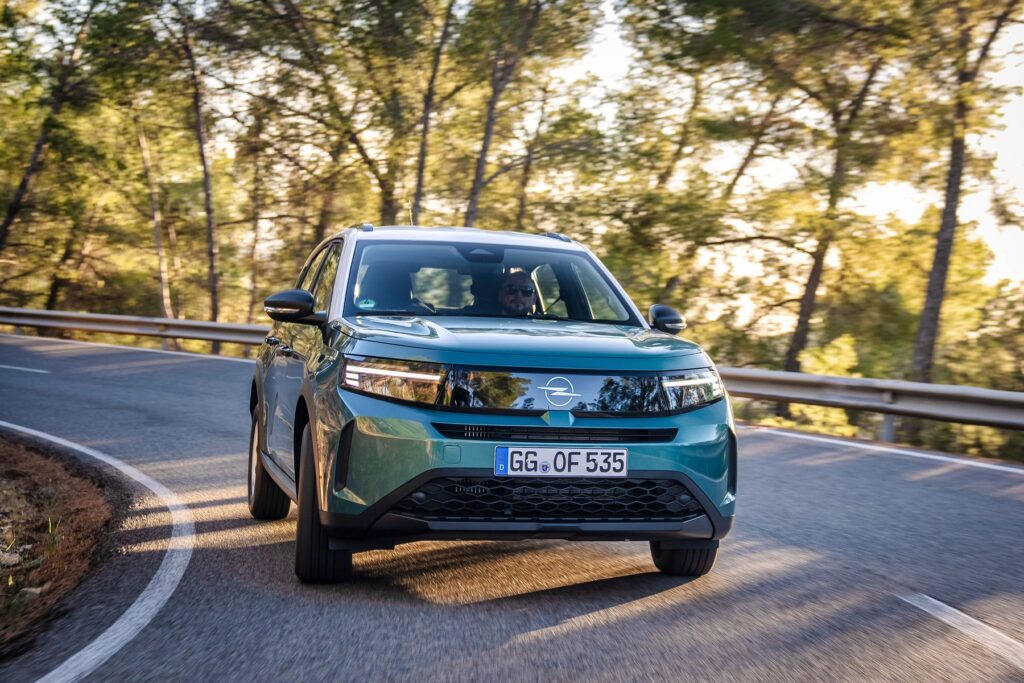
Opting for the €1,000 Tech Pack adds a 10-inch central touchscreen, a rearview camera, and wireless smartphone charging. The GS trim, starting at €29,200, includes these features alongside extra comforts.
Space and Practicality
The Frontera excels in passenger space, offering more legroom than its electric sibling due to the absence of underfloor batteries. A seven-seat configuration is available for an additional €800, exclusive to the GS trim. Cargo space is generous, ranging from 460 liters to 1,600 liters with the rear seats folded. Additionally, 95% of the materials used are recyclable, contributing to a reduced environmental footprint.
Specifications: Opel Frontera 1.2 Hybrid
- Type: Compact Crossover
- Engine: 1.2L 3-cylinder turbocharged petrol
- Power: 136 PS (100 kW) at 5,500 rpm
- Torque: 230 Nm at 1,750 rpm
- Top Speed: 190 km/h
- 0-100 km/h: 9.0 seconds
- Transmission: Six-speed dual-clutch automatic
- Drive: Front-wheel drive
- Fuel: Super
- Fuel Economy: 5.3 l/100 km (WLTP)
- CO2 Emissions: 120 g/km
- Dimensions (L/W/H): 4,385 / 1,849 / 1,635 mm
- Boot Space: 460-1,600 liters
- Base Price: €23,900
- Tested Model Price: €29,200
- Efficiency Class: D
